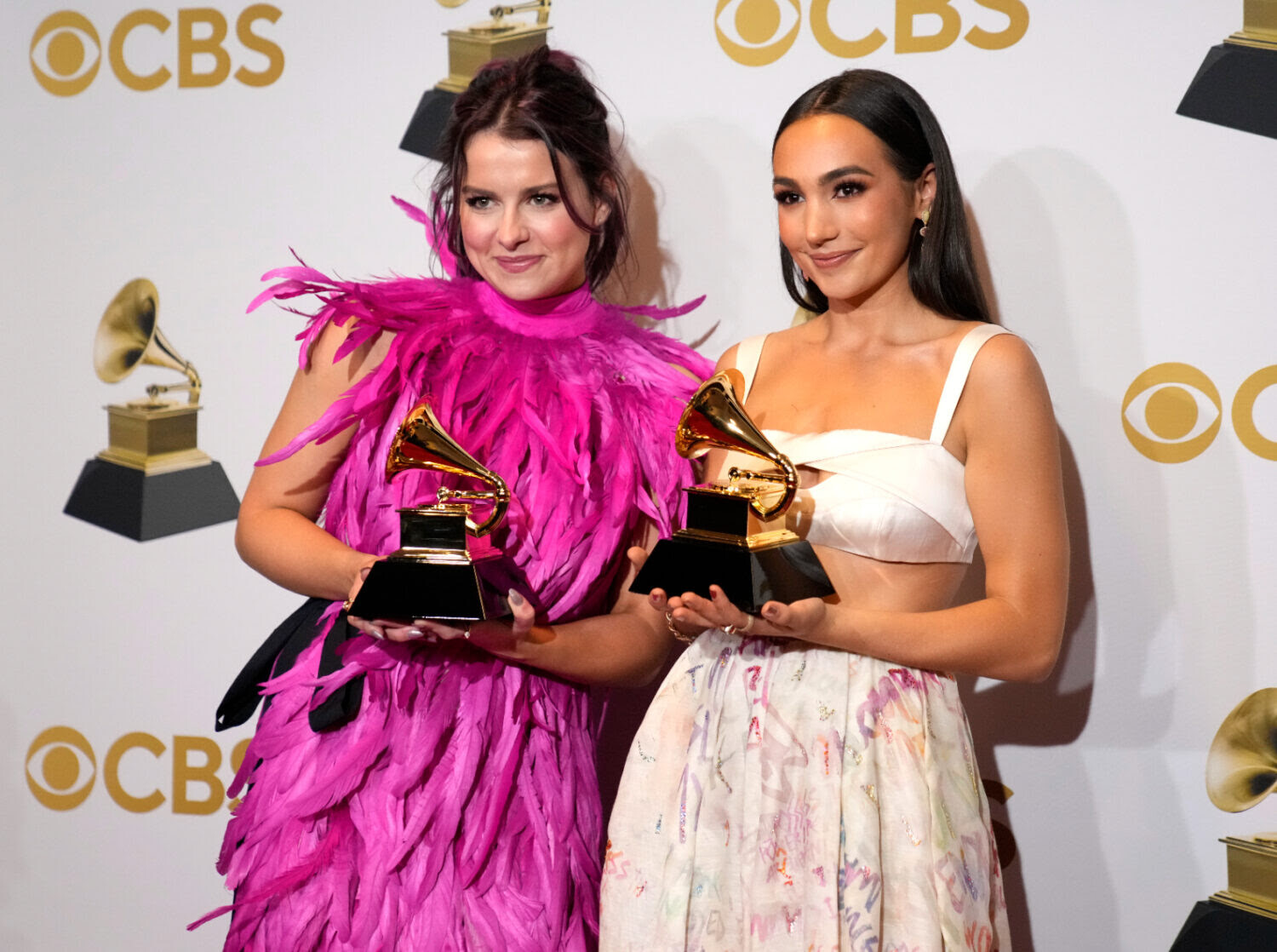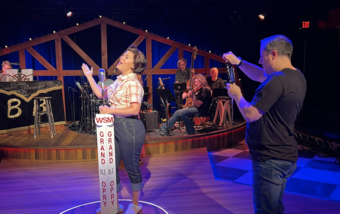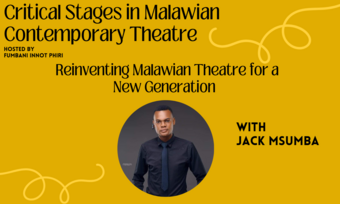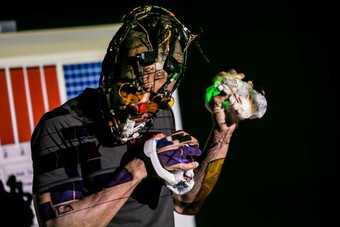A couple years ago, I created a podcast about theatre entitled “For the Revolution.” It originally started as a project for a class, a way for me to recommend plays and share advice to other young theatre creators, but soon it evolved into a conversation about the future of theatre and Generation Z’s place in it. At the end of every episode, I ask my guests the same question: What does theatre need?
The overwhelming answer that I’ve gotten is very simple: theatre needs youth, and theatre is bad at engaging young people. Many of the creators I interview agree that theatre needs a younger approach, more appeal to younger audiences, and more creative solutions to decades-old systemic problems—which young people are more than willing to try to solve. So how can we involve today’s youth? How can we raise a new generation of theatre?
One answer is TikTok. I see TikTok as the future of theatre. TikTok is inherently theatrical, turning users into both voyeurs and performers. TikTok has evolved to make even the most mundane actions, like restocking a pantry or showing a skincare routine, prime entertainment. TikTok epitomizes the idea that art reflects life and life reflects art, as TikTok’s influence is very prevalent in culture.
The platform began in 2016 as musical.ly, a lip-synching app. As it evolved to become a site for short videos, it became increasingly popular, with the number of users doubling as the COVID-19 pandemic began and people were shut away in their homes. Now, TikTok has over one billion users, and it is one of the most downloaded apps of all time.
TikTok is revolutionizing art making online and opening a realm into the younger generations—a realm that older theatremakers should be paying attention to.
The concept is pretty simple. Users create and upload videos, watch other creators’ videos, and like, share, and follow other users. The site is primarily attractive for its short content, with videos being limited to three minutes. TikTok also has innovative filters, editing features, and celebrity content creators, which make the platform popular among young people; ten- to nineteen-year-olds are the biggest demographic of users in the United States, according to Pew Research Center .
TikTok is revolutionizing art making online and opening a realm into the younger generations—a realm that older theatremakers should be paying attention to. We’ve seen the proof of TikTok’s theatrical potential through Ratatouille: The TikTok Musical and Barlow and Bear’s The Unofficial Bridgerton Musical, which landed them a Grammy.











Comments
The article is just the start of the conversation—we want to know what you think about this subject, too! HowlRound is a space for knowledge-sharing, and we welcome spirited, thoughtful, and on-topic dialogue. Find our full comments policy here
I think it is really interesting how young people are creatively adapting, repurposing and amplifying new, current, and old technologies; actively making space for their art to exist online and for others to contribute to it.
There is this strange digital divide that happens when "traditional" theatres (or any company/organization) use TikTok as just another platform for marketing purposes because it is really more for active engagement, creative commentary, and art making of all forms. Contextually, it feels out of place in this "sacred" digital space fuelled by pure creative intentions. There are some good examples of successful marketing/outreach and engagement on TikTok, such as the Black Country Living Museum in the UK, but I believe it requires that extra dash of youthful creativity - someone who understands the TikTok environment and the different layers to and forms of online engagement.
As a platform, TikTok has many flaws and inequities, but it is a space where youth, and many others, have found a way to thrive creatively.
- a young person
Thanks for leaving your thoughts Megan! I completely agree- there is a magic in the way that TikTok has completely redefined marketing in conjunction with digital art - especially in the way that in my opinion, a lot of successful TikTok marketing doesn't take itself seriously at all.
Exactly! There’s room for play and discovery on each end - “creator” and “audience”. Everyone who comes across that content is a potential collaborator, commenter or critic and creators take on an actively engaging role as soon as they publish content to the app, regardless of initial intent (artistic, marketing, etc.). The engagement cycle is continuous.
It’s also actively rewarding and inspiring to be a part of something (a movement?) that just started as another “free use” social platform that is morphing into something greater in the hands of young artists and creators. I don’t know if this ecosystem would exist if we tried to shift it to another platform, for example, something strictly “arts based”; or what else could have manifested if the app wasn’t set up as an algorithm-based FYP.